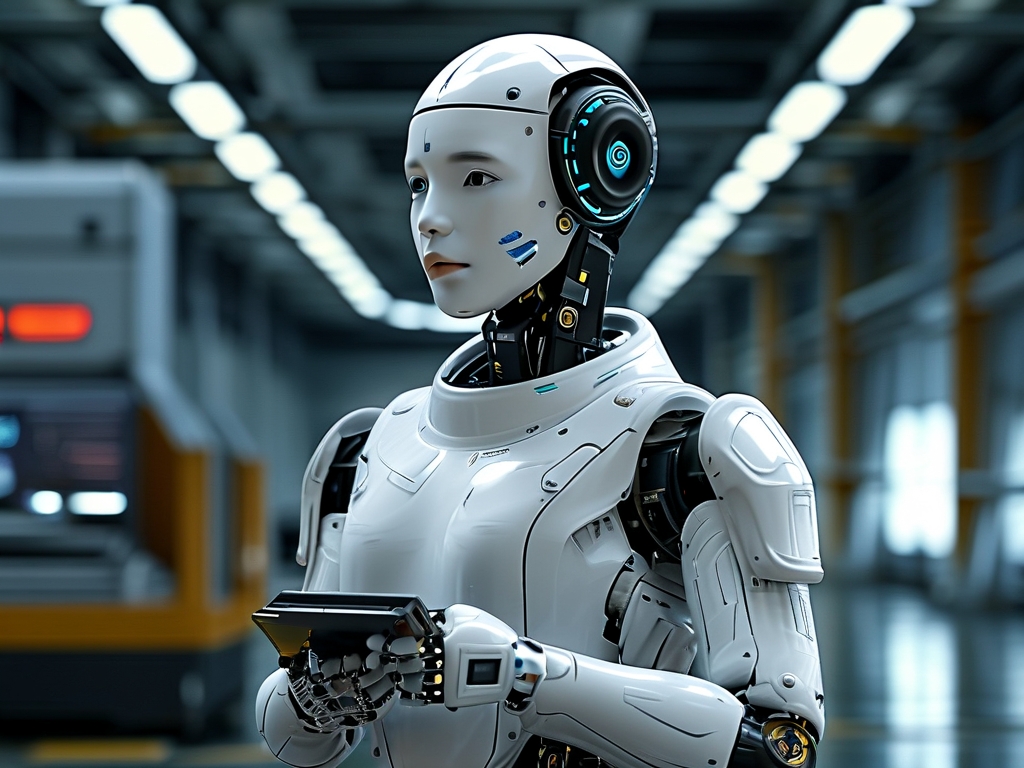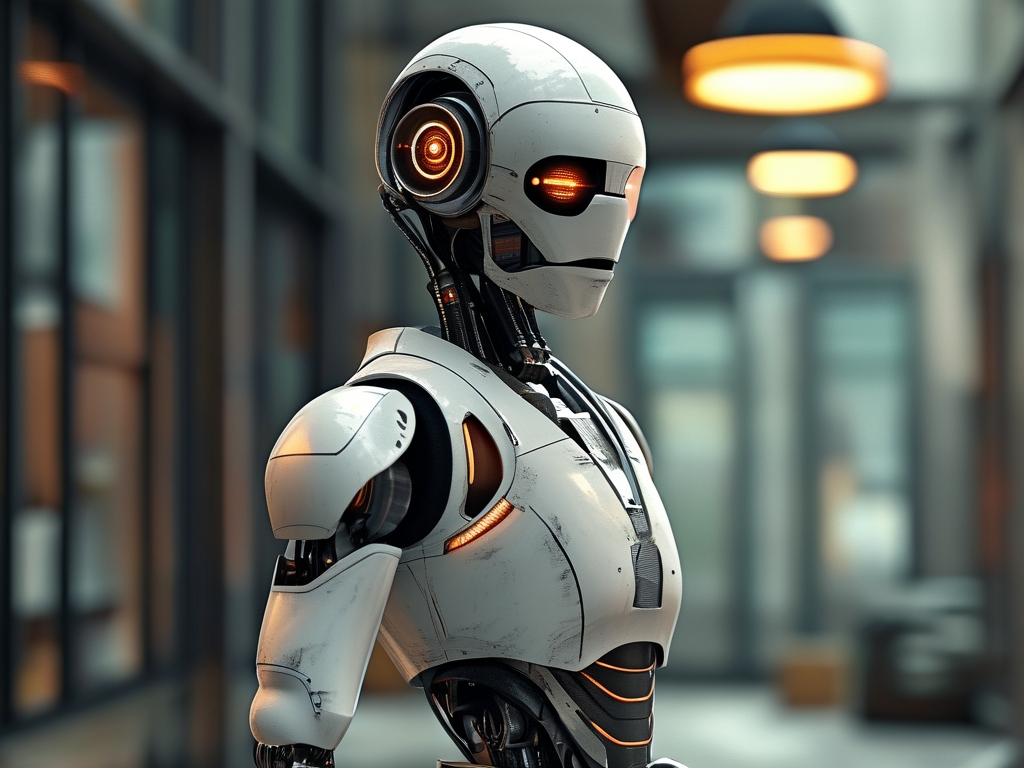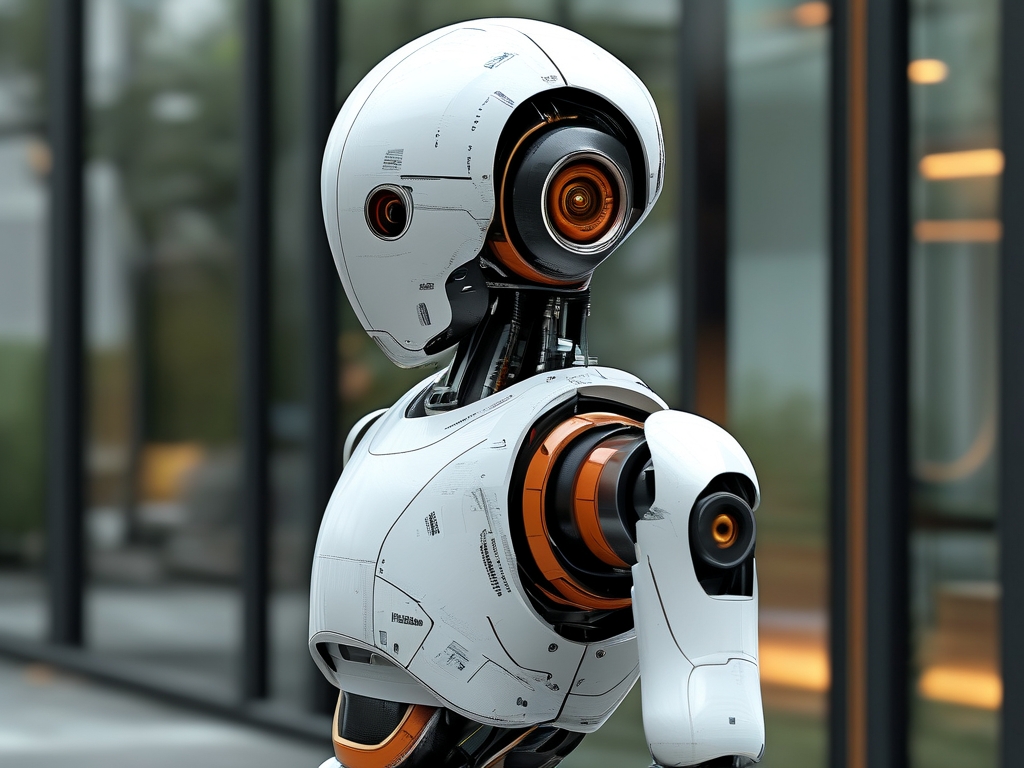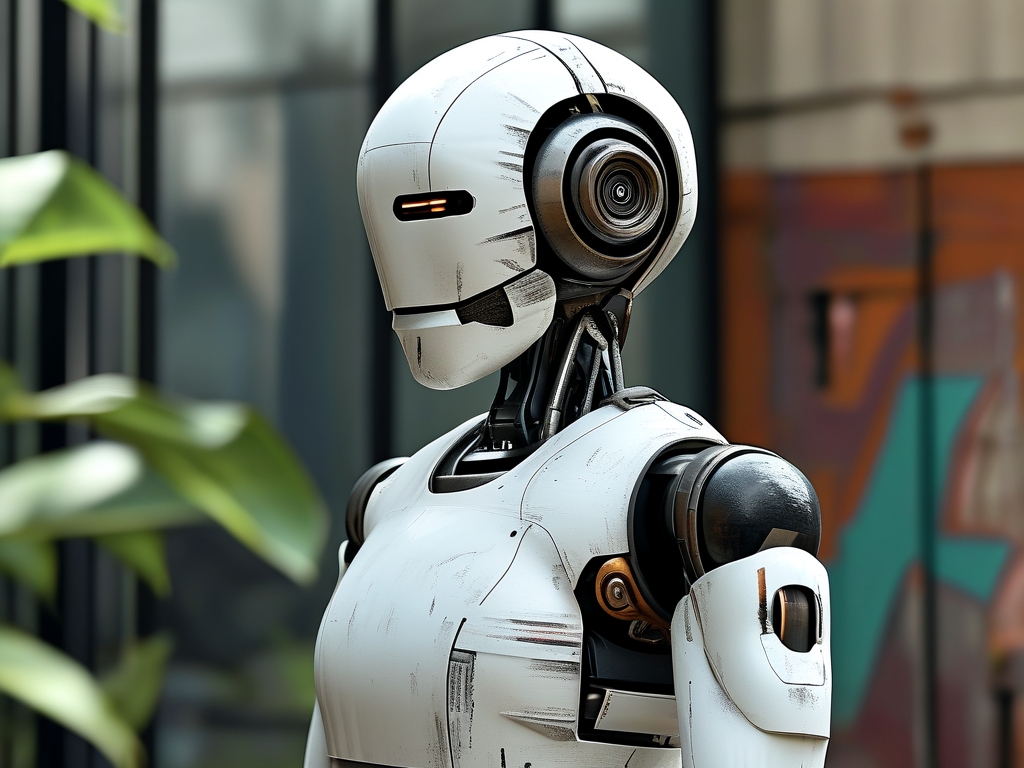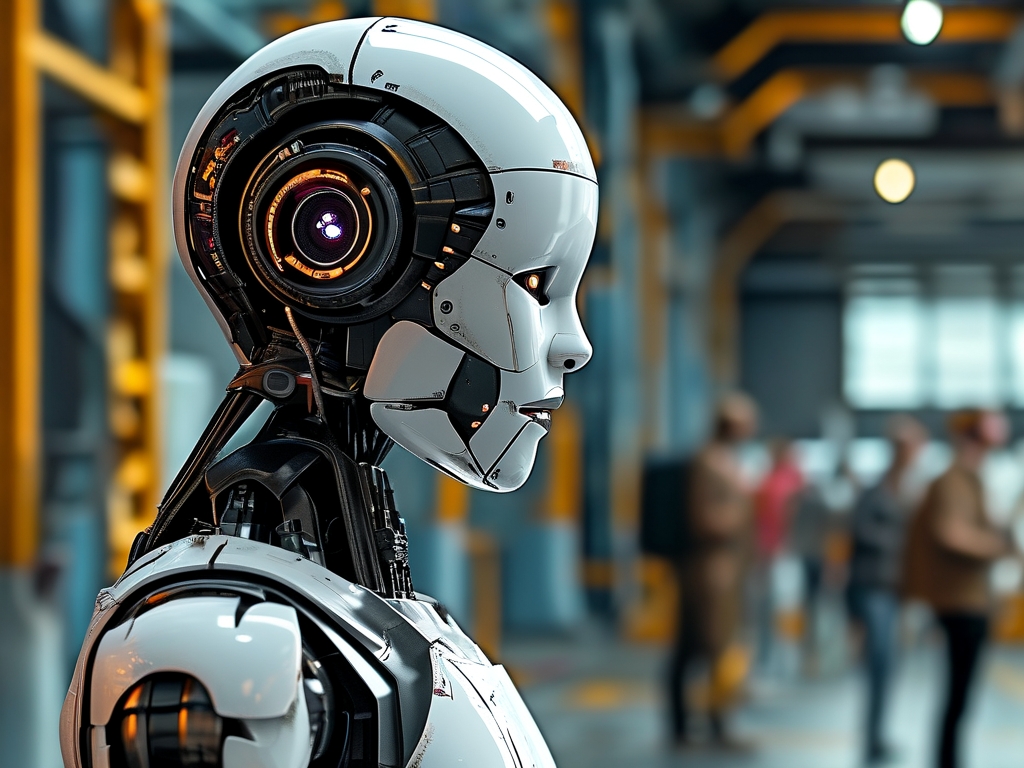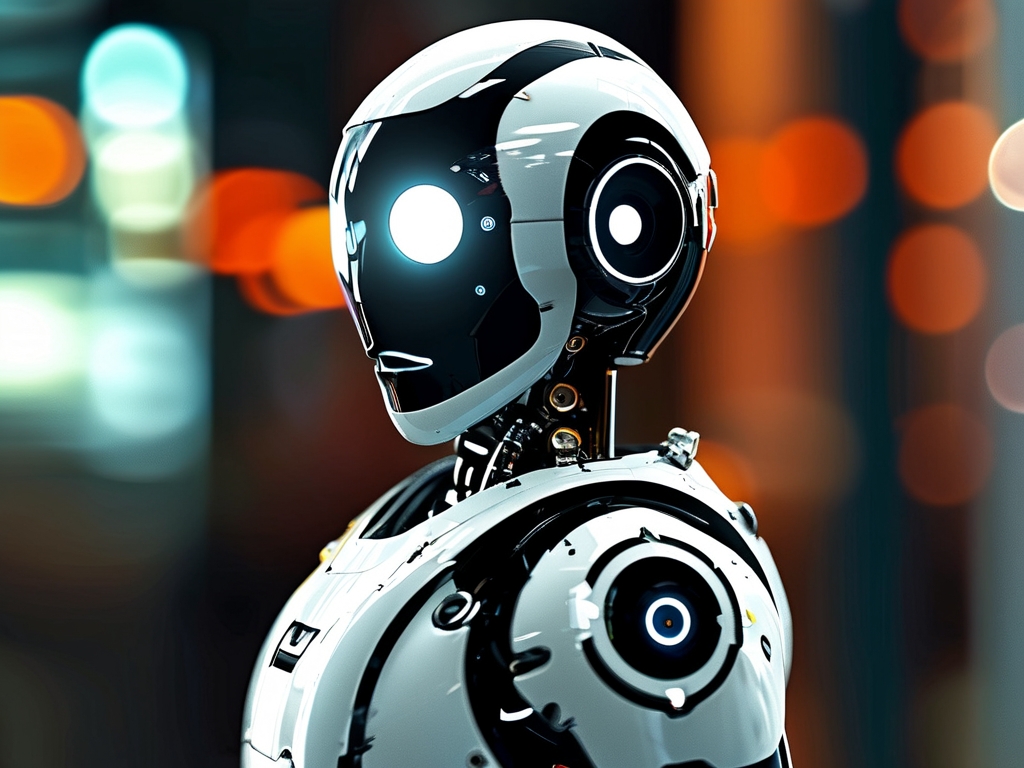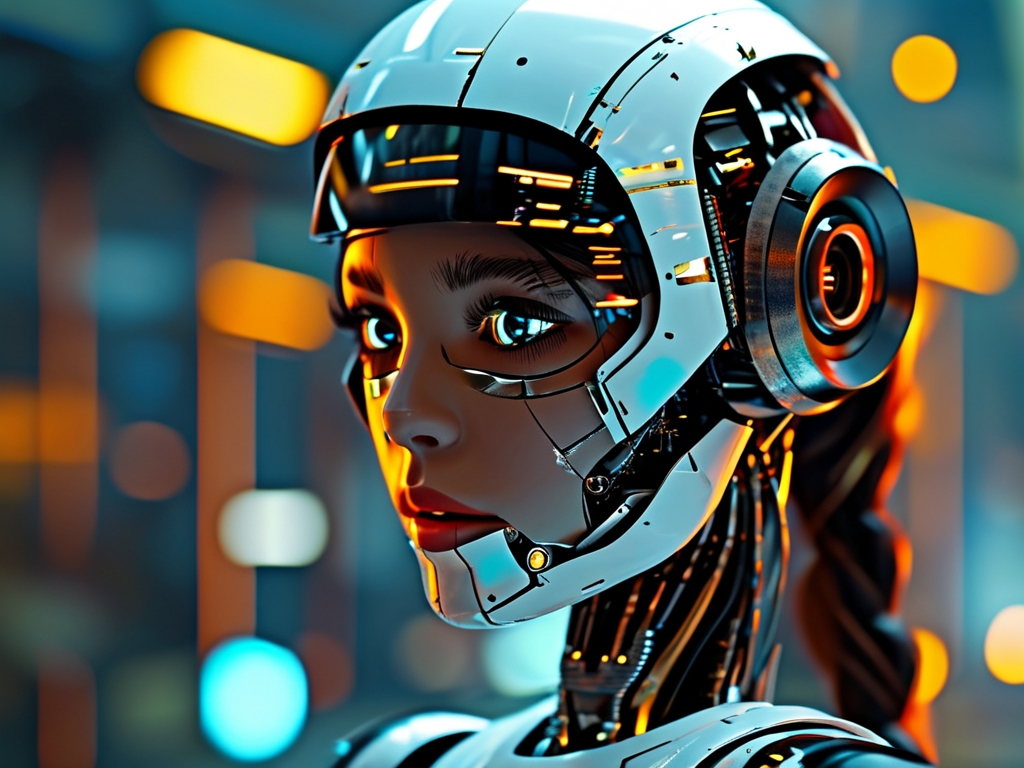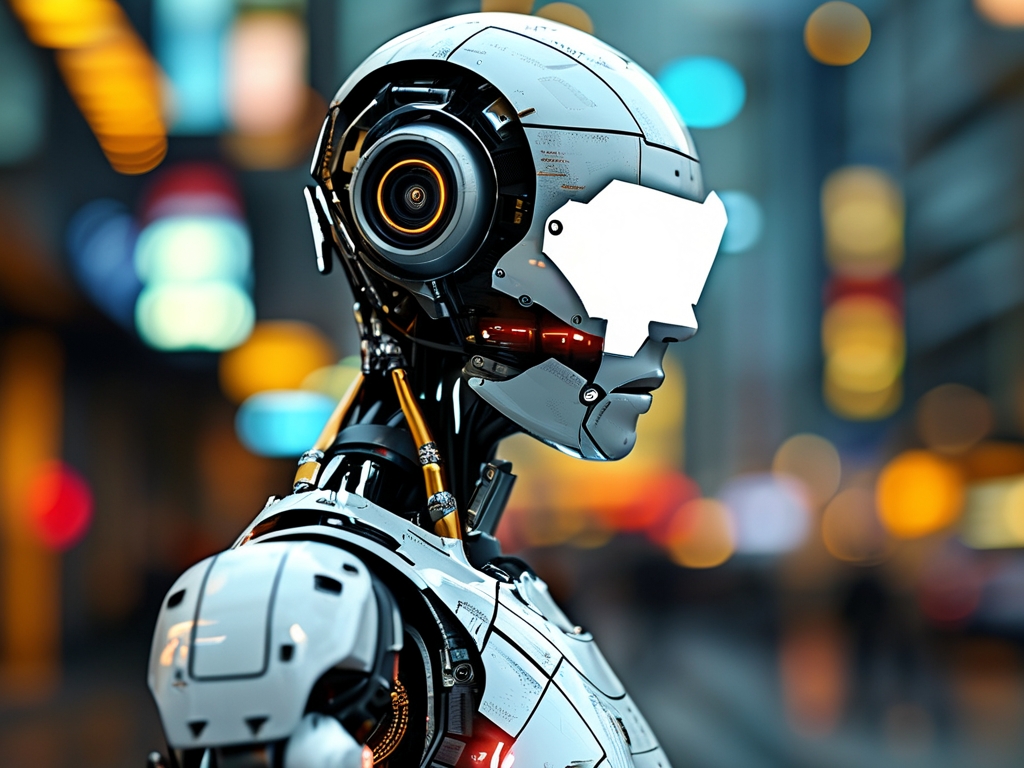In recent years, advancements in robotics have pushed the boundaries of what machines can achieve, particularly in mimicking human movements. One of the most intricate and underappreciated capabilities is a robot’s ability to bend and sit down—a task that requires seamless integration of mechanics, sensors, and artificial intelligence. This article explores the technological breakthroughs, ongoing challenges, and future implications of robotic bending and sitting technology.
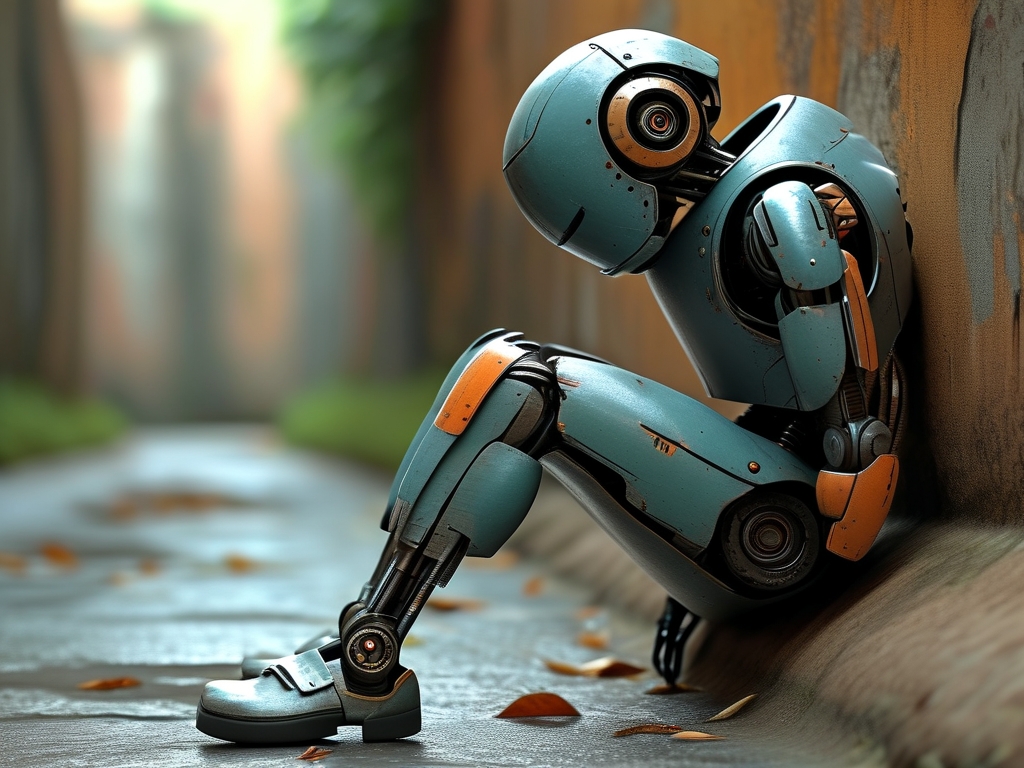
The Biomechanics of Human Motion
To replicate human-like bending and sitting, engineers first study the biomechanics of human movement. The process involves coordinated efforts between joints, muscles, and the nervous system. For robots, this translates to:
- Joint Flexibility: Multi-axis joints must mimic the range of motion of knees, hips, and ankles.
- Balance Control: Dynamic stability algorithms prevent falls during posture shifts.
- Force Distribution: Pressure sensors ensure weight is evenly distributed to avoid structural strain.
Humanoid robots like Boston Dynamics’ Atlas and Honda’s ASIMO have demonstrated these principles in action. For instance, Atlas uses hydraulic actuators and real-time LiDAR mapping to adjust its posture when sitting on uneven surfaces.
Technical Challenges in Robotic Sitting
Despite progress, significant hurdles remain:
1. Energy Efficiency
Bending and sitting require bursts of energy, especially for heavier robots. Traditional actuators consume substantial power, limiting operational durations. Researchers are experimenting with pneumatic artificial muscles and shape-memory alloys to reduce energy demands.
2. Environmental Adaptability
A chair’s height, texture, or stability varies widely in real-world settings. Robots must process sensory data (e.g., camera feeds, tactile feedback) to adjust movements. Toyota’s Human Support Robot (HSR) uses 3D vision to identify seating options, but unpredictable environments—like a moving bus or cluttered room—still pose risks.
3. Safety and Human Interaction
In shared spaces, robots must prioritize human safety. A miscalculated sit-down motion could damage property or injure bystanders. Companies like SoftBank Robotics embed collision detection systems that halt movements upon contact. However, balancing safety with efficiency remains a work in progress.
Breakthroughs in Machine Learning
Modern solutions leverage machine learning to refine robotic motions. By training AI models on thousands of simulated sitting scenarios, robots learn to generalize across environments. For example:
- Reinforcement Learning: Robots practice virtual trials, receiving rewards for successful sits and penalties for falls.
- Predictive Algorithms: Systems anticipate shifts in surface stability, such as a chair sliding on a polished floor.
In 2022, a team at MIT developed a neural network that reduced sitting errors by 40% in unstructured environments. Such advancements highlight the role of AI in overcoming mechanical limitations.
Applications Beyond Humanoid Robots
While humanoid robots grab headlines, bending/sitting technology has broader applications:
- Healthcare: Assistive robots help patients transition from beds to wheelchairs, reducing caregiver strain.
- Manufacturing: Agile robots can crouch to access low shelves or perform precision tasks on assembly lines.
- Space Exploration: NASA’s Valkyrie robot, designed for Mars missions, uses sitting motions to conserve energy during long surveys.
Ethical and Social Considerations
As robots integrate into daily life, ethical questions arise:
- Job Displacement: Could sitting-capable robots replace roles in hospitality or caregiving?
- Privacy: Robots equipped with cameras for environmental analysis risk infringing on personal spaces.
- Accessibility: Ensuring affordable access to assistive robotics remains a global challenge.
The Future of Robotic Mobility
Experts predict that within a decade, bending and sitting will become standard features in service robots. Key areas of focus include:
- Lightweight Materials: Carbon fiber and graphene could reduce weight while maintaining strength.
- Brain-Machine Interfaces: Direct neural control might enable more intuitive movements.
- Self-Healing Mechanisms: Materials that repair minor damages could extend robotic lifespans.
Robotic bending and sitting technology represents a convergence of engineering, AI, and ethics. While challenges persist, each innovation brings us closer to machines that move—and coexist—with human-like grace. As this field evolves, collaboration across disciplines will be critical to ensuring robots enhance, rather than complicate, our lives.


